Metrobus Z-Line Will Get a Revamp on March 27
Metro is overhauling the bus schedules on the Z-lines in the Silver Spring-Laurel area. The changes are derived from the recommendations from the Metrobus Z-Line Study, an in-depth planning process. The study, completed in January 2015, was a joint effort between Metro, the Maryland Department of Transportation, Montgomery County, and Prince George’s County Department of Public Works and Transportation to improve service. These seven routes combined have some of the highest ridership in the Metrobus system, making the corridor ripe for evaluation and improvement.
The following changes for the Colesville Road / Columbia Pike (MD US29) (PDF) corridor are effective March 27.
What’s Coming:
- The new Z Lines will consist of the Z2, Z6, Z7, Z8, and Z11, with new timetables.
- Z9, Z13, and Z29 route designations will be eliminated.
New Saturday service will be added to Route Z6, providing customers with links to commercial developments in Westfarm area and the Plum Orchard Shopping Center. The new service will operate every 30 minutes. The Z8 on Saturday will be reduced to operate every 30 minutes, providing a coordinated 15 minute service along portions shared with the Z6. Additionally, trip times for weekday Z2, Z6 and Z8 service will change to improve on time performance and better coordinate buses along Colesville Road and Lockwood Drive.
Routes Z9 and Z29 will be discontinued and replaced by new route Z7. Route Z7 will provide service from Silver Spring Metrorail Station to South Laurel Park and Ride serving: Old Columbia Pike, Burtonsville Crossing Park and Ride, Sweitzer Lane, Van Dusen Road, and Cherry Lane. The new Z7 will increase the frequency of service to residents of South Laurel by operating every thirty minutes.
Route Z11 will be extended from Greencastle Park and Ride to Burtonsville Crossing Park and Ride via Columbia Pike (US-29). Current Z29 customers boarding buses at the stops in the area of Blackburn Road will now be served by the Z11. Route designation Z13 will be discontinued. Passengers currently using the Z13 in the morning to get to Greencastle may opt to take routes Z6 and Z8 instead.
With the new services, passengers out of Burtonsville Crossing Park and Ride will now see increased service to Silver Spring. All current boarding and alighting restrictions along Colesville Road and Columbia Pike will remain in place.
These changes will allow Metro to better align resources to provide effective service in the corridor.
Check out the upcoming timetables to plan your trip.

![Sarbanes%20Transit%20Center%20pm%20112415-5881[1]](https://planitmetro.com/wp-content/uploads/2016/03/Sarbanes-Transit-Center-pm-112415-58811-300x200.jpg)
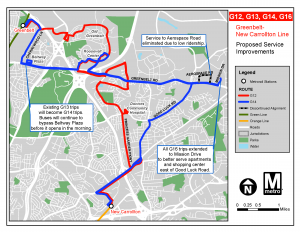
![R%20I%20Ave%20night%20121615-7986[1]](https://planitmetro.com/wp-content/uploads/2016/03/R-I-Ave-night-121615-79861-1024x507.jpg)
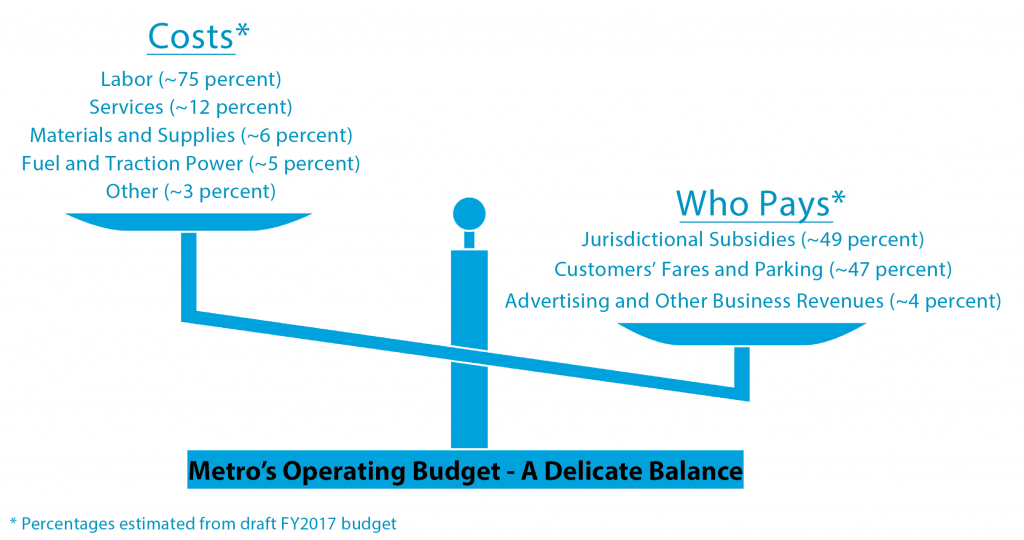
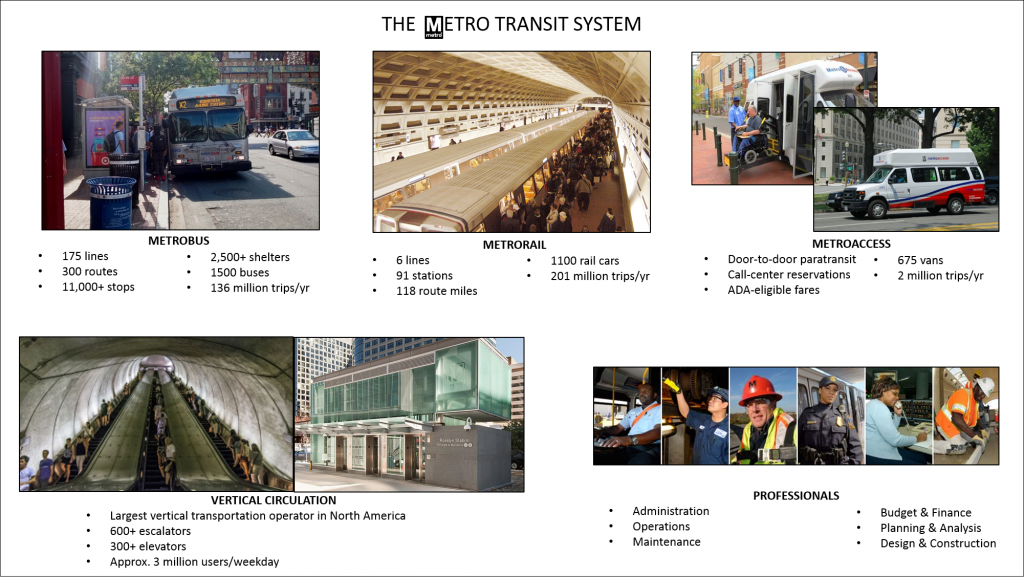
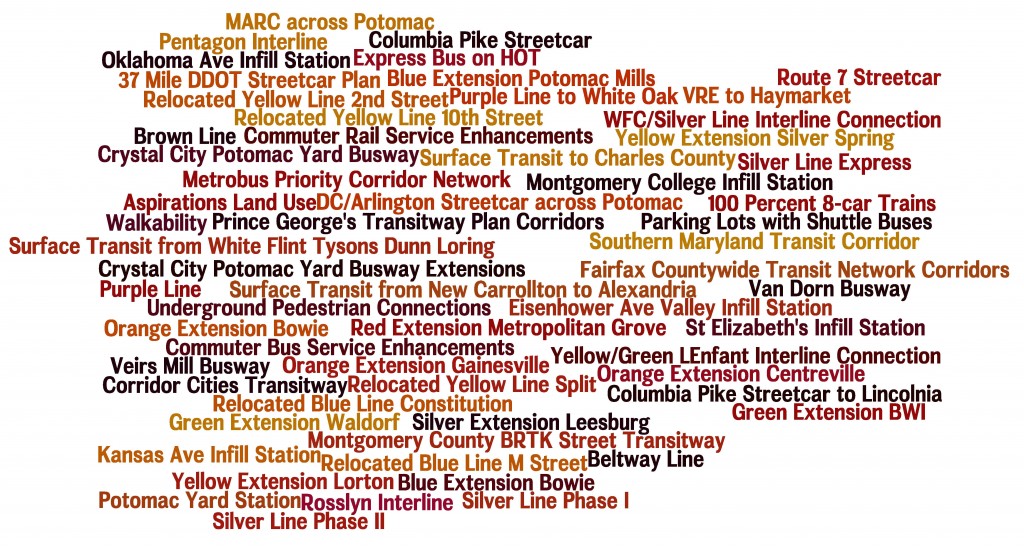
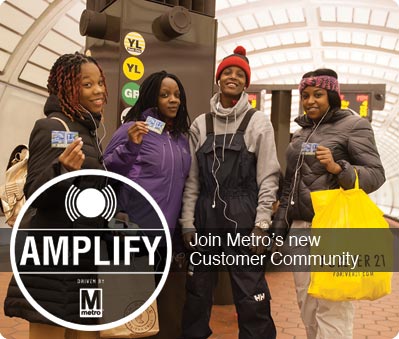
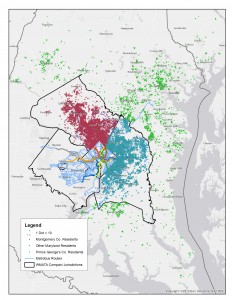
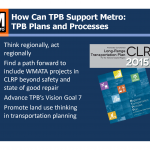
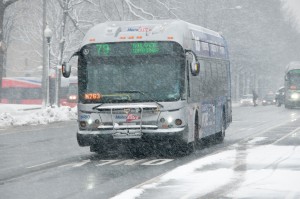
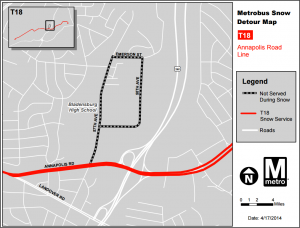
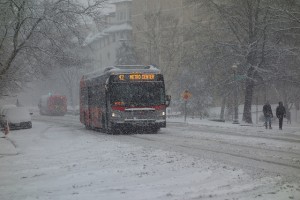


Recent Comments